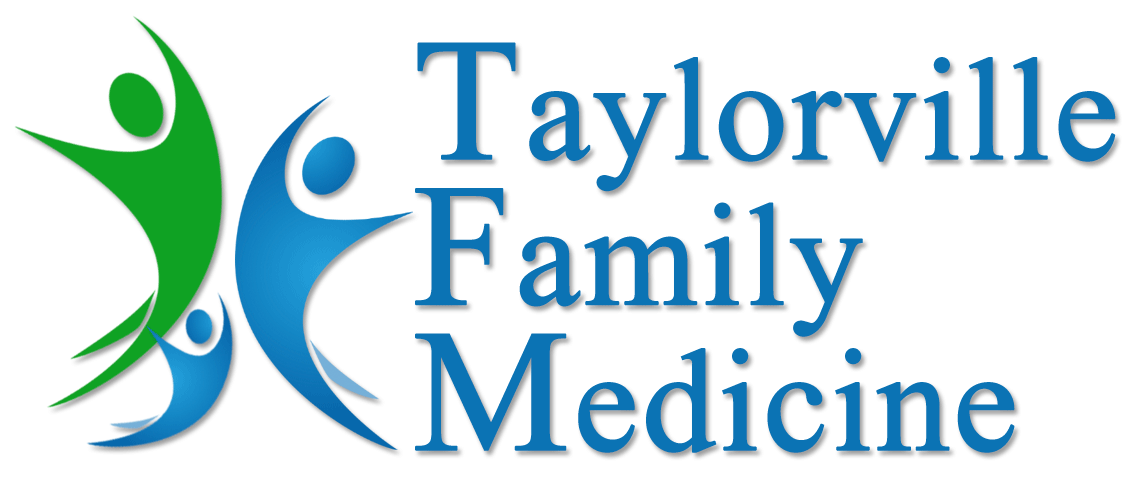Understanding Arthritis: Taking Care of Your Joints for a Pain-Free Future
- jabbywang

- Dec 27, 2024
- 2 min read

Imagine your joints are like hinges on a door. Over time, if those hinges aren’t properly lubricated or maintained, they can wear down, making the door harder to open and close. Similarly, arthritis affects your joints, causing pain, stiffness, and swelling, making everyday movements more difficult. But just like how regular maintenance keeps a door functioning smoothly, there are ways to protect and manage your joints to keep them working well as you age.
What Is Arthritis?
Arthritis is a condition that causes inflammation in your joints—the places where two bones meet. There are many types of arthritis, but the most common are:
Osteoarthritis: The "wear and tear" type, where the protective cartilage that cushions the joints breaks down over time, leading to pain and stiffness.
Rheumatoid Arthritis: An autoimmune condition where the body’s immune system attacks the joints, causing inflammation, swelling, and damage.
Other types: Gout, lupus, and psoriatic arthritis are also forms of arthritis that affect different aspects of joint health.
Is Arthritis Hereditary?
Yes, arthritis can run in families, especially osteoarthritis and rheumatoid arthritis. While having a family history of arthritis may increase your risk, lifestyle factors such as maintaining a healthy weight, staying active, and avoiding joint injuries can help reduce your chances of developing the condition.
Symptoms of Arthritis
Arthritis symptoms can vary depending on the type and severity, but common signs include:
Joint pain or tenderness
Swelling or warmth around the joints
Stiffness, especially in the morning
Reduced range of motion or difficulty moving a joint
Fatigue and general discomfort
If you notice these symptoms, it’s important to talk to your healthcare provider to discuss your options for relief and management.
How to Get Relief from Arthritis
While arthritis can’t be completely cured, there are many ways to manage the symptoms and improve your quality of life:
Physical Therapy and Exercise: Regular exercise helps strengthen the muscles around the joint, reducing pressure and improving mobility. Low-impact activities like swimming or walking are especially beneficial.
Medication: Over-the-counter pain relievers like ibuprofen or acetaminophen can help ease discomfort. For more severe cases, your doctor may prescribe stronger medications or injections to reduce inflammation.
Joint Protection: Using supportive braces or assistive devices can reduce the strain on your joints.
How to Protect Your Joints and Prevent Further Damage
Preventing joint strain and protecting your joints are key to managing arthritis:
Maintain a Healthy Weight: Carrying extra weight puts more pressure on your knees, hips, and lower back. Losing weight can reduce the risk of arthritis in weight-bearing joints.
Practice Good Posture: Proper alignment of your body reduces stress on your joints, especially in the spine, hips, and knees.
Avoid Repetitive Stress: Repeating the same motions can lead to joint damage, so try to balance your activities and avoid overuse.
Stay Active: Gentle exercise helps keep joints flexible and muscles strong, reducing stiffness and discomfort.
Take Action for Joint Health
At Taylorville Family Medicine, we are committed to helping you manage arthritis and maintain a pain-free, active lifestyle. If you’re experiencing joint pain or discomfort, don’t wait—schedule an appointment today, and let’s work together to develop a plan that keeps you moving without pain.


Comments